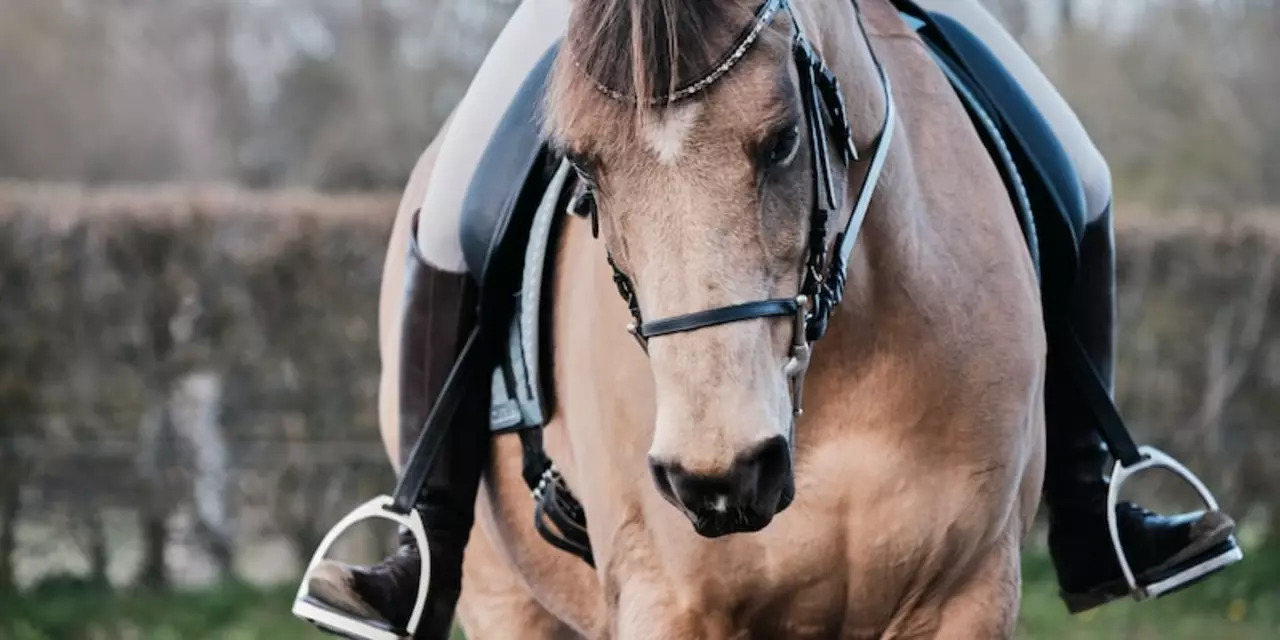Clothing for Horseback Riding – What to Wear for Comfort and Safety
When you head out for a ride, what you wear can make the difference between a fun day and a painful one. The right clothes keep you safe, protect you from the saddle and let you move freely. Below are the basics you need in your riding wardrobe.
Essentials for a Riding Lesson
First off, long pants are a must. Jeans work fine if they’re sturdy, but jodhpurs or breeches are even better because they’re made to handle friction against the saddle. Avoid leggings or shorts – they can get caught and cause chafing.
On top, pick a fitted shirt or a light‑weight fleece. You want something that won’t flap around or get tangled in the reins. A breathable layer is handy when the weather changes, and a water‑resistant jacket is a lifesaver on a rainy morning.
Footwear is non‑negotiable. Sturdy, closed‑toe boots with a small heel keep your foot from slipping through the stirrup. If you’re just starting out, avoid sneakers or sandals – they don’t give the ankle the support you need.
Helmet? Absolutely. A properly fitted riding helmet protects your head in case of a fall. It’s the single piece of gear that saves lives, so don’t skip it.
Choosing the Right Fit
Fit matters more than brand. A saddle pad that’s too tight can press on the horse’s back, while a loose one moves around and irritates both horse and rider. The same rule applies to your trousers – they should hug your leg without squeezing blood flow.
When you try on boots, walk around the stable. If the heel lifts or your foot slides, you need a better fit. Look for boots with a snug ankle cuff and a toe box that lets you wiggle your toes a bit.
Earrings and necklaces might look cute, but they can get caught on reins or the saddle. If you love studs, make sure they’re small, smooth and securely fastened. Better yet, leave them at home for the lesson.
Seasonal changes mean you’ll need a few extra layers. A lightweight, breathable base layer in summer keeps you cool, while a thicker fleece in winter adds warmth without bulk. Remember, you’ll be moving a lot, so layers that trap heat can make you sweat and become uncomfortable.
Gloves aren’t just for looks. A pair of leather or synthetic riding gloves gives you a better grip and protects your hands from rope burns. If you ride in bright sun, a pair of UV‑blocking sunglasses and a hat with a brim keep glare away and protect your eyes.
If you’re on a budget, start with the basics: a good pair of riding boots, a sturdy helmet and a set of long pants. You can find quality second‑hand gear at local tack shops or online equestrian forums. Just double‑check any used helmet for cracks before you wear it.
Take care of your clothes so they last. Wash jodhpurs inside‑out in cold water and avoid the dryer – air‑drying keeps the fabric from shrinking. Boots should be cleaned after each ride and treated with leather conditioner to stay supple.
Finally, keep an eye on the condition of your gear. Worn‑out belts, cracked leather, or frayed stitching can fail when you need them most. Replace anything that shows signs of damage before the next ride.
With these simple guidelines, you’ll feel confident stepping into the arena. Dress right, stay safe, and enjoy the ride.

When riding a horse, it is important to wear the appropriate attire. Avoid wearing loose or baggy clothing, jewelry, or items with buckles or buttons as these can get caught in the saddle or bridle and cause injury. Additionally, avoid wearing flip flops, sandals, shoes with high heels, or any shoes with slick soles. Finally, wear a riding helmet at all times for safety. All in all, when riding a horse, it is important to dress appropriately and safely.
Read more
